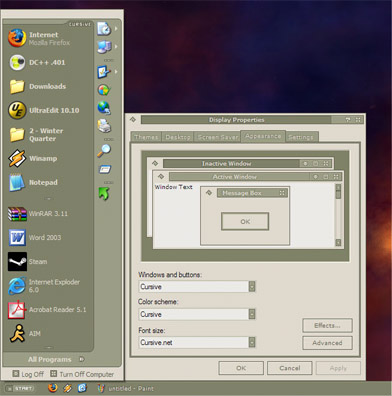It’s just so endearingly cool when software from the open source side of the fence gets really cool like this.
When I returned from the Grand Canyon I setup the trip website gallery for everyone who wanted to contribute (the stuff nerds love to do). Having used Gallerybefore, I simply installed it again knowing it would work well for our needs. Later I found out about Coppermine, an even more feature-packed web gallery, designed for integration with phpBB or other forum software. I briefly considered moving the Gallery install over to Coppermine, but even though the install went great decided to KISS for my users.
Wow. I just installed Gallery 2 beta 3 on a whim, and it’s just day and night between Gallery 1 and 2. It’s DOS vs. Mac OS X, the differences are just that profound. They’ve moved over to a MySQL architecture instead of flat-files, and have improved the coding internals for more abstraction/extensibility. But since I’m an interface junkie, I appreciated the installer/administration/UI changes the most. Instead of navigating between ugly tabbed pages that smack of coder “design”, you get a very slick graphical, intuitive experience. Instead of throwing around various PHP technicalities and demanding server/Apache know-how from Joe Hapless, the installer finally takes care of everything it possibly can ala WordPress. Whereas Gallery 1 returns you to the “installer” pages when you want to change settings, 2 has a handy sidebar-driven interface that is much clearer.
My hat is off to you, Gallery 2 guys, excellent work on another polished LAMP offering.
